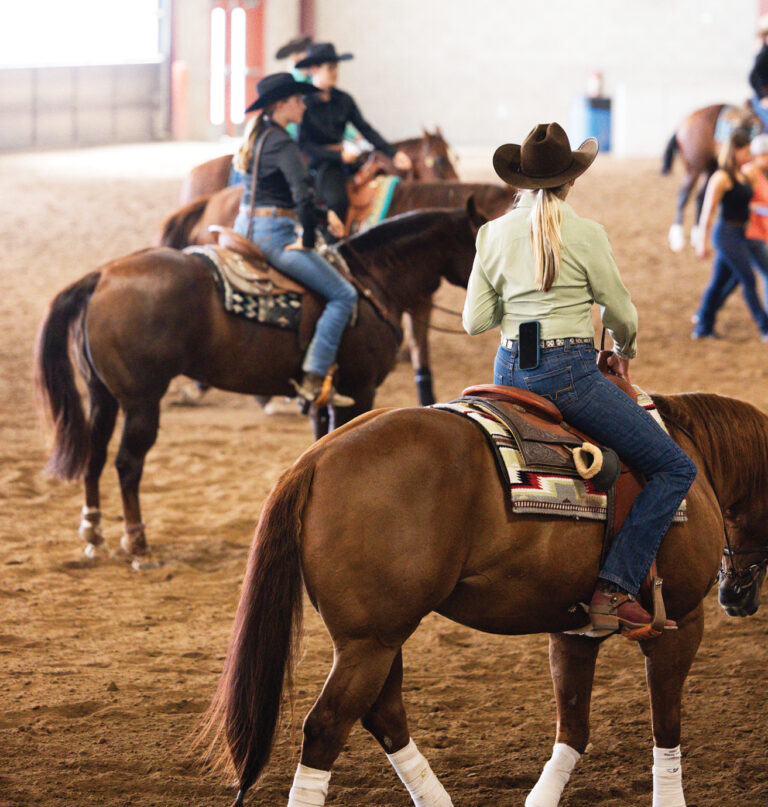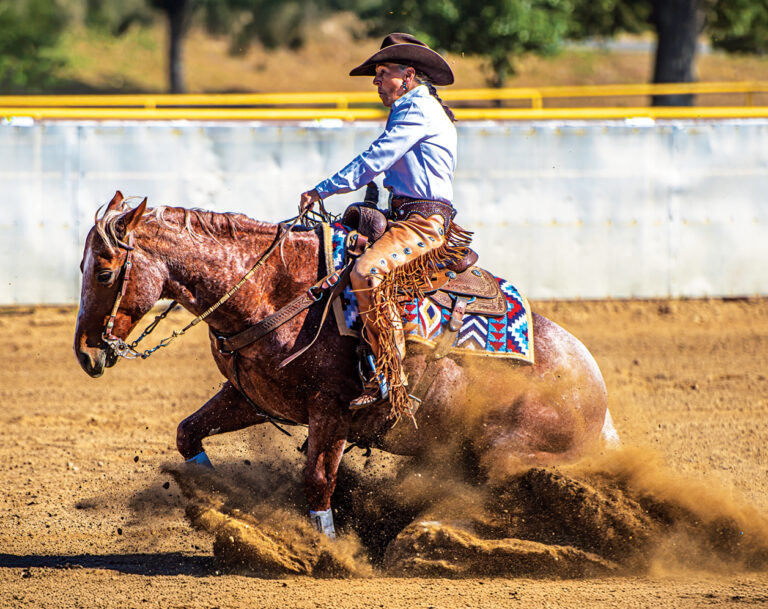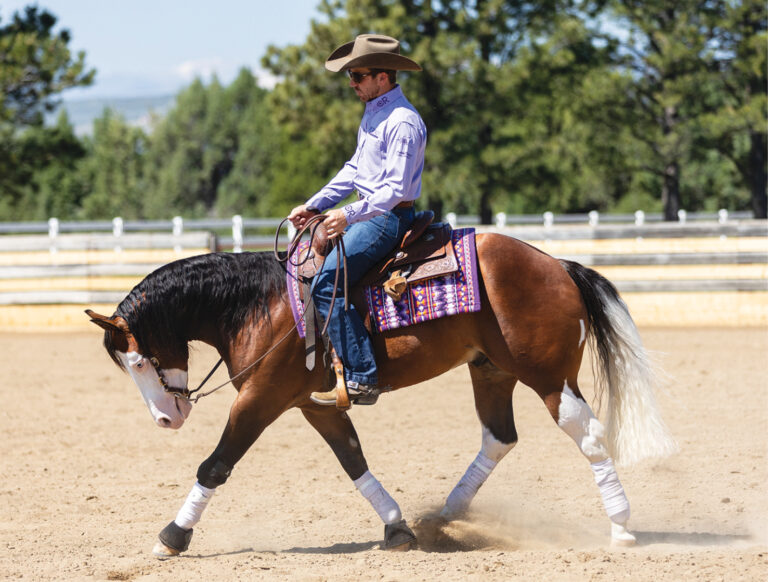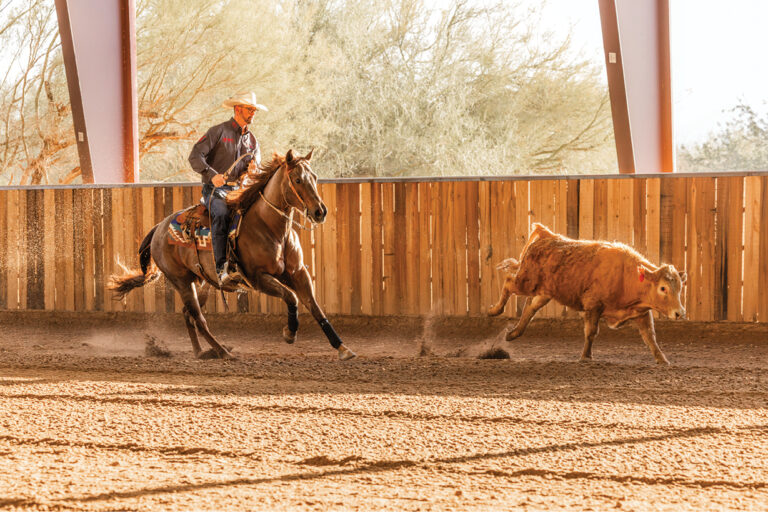After months of careful practice, your horse finally nails that perfect lead change, transition, pattern, obstacle…you’re elated.
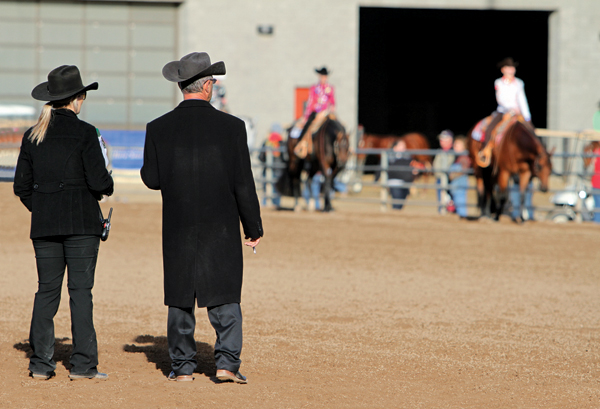
Fast-forward to that first “Wait, I didn’t ask for that!” moment. Your horse reacts before your cue. It’s costing you in competition. You’re frustrated and want to blame your horse for anticipating your request.
[READ: Fix Lead-Change Anticipation]
But before you’re too hard on him, remember that he’s just trying to please you and do what you’ve taught him. Anticipation is a part of the learning process; here with the help of three experts, we’ll examine how anticipation can be helpful to your training, and how to avoid or troubleshoot the behavior so it doesn’t become a chronic problem.
Our Experts
These professionals will clue you in on need-to-know advice for dealing with anticipatory behavior in your horse.
• Bonnie Beaver, DVM, is an equine behaviorist and professor at Texas A&M’s College of Veterinary Medicine; she’s also a longtime horse enthusiast and Western pleasure competitor.
• Nathan Piper is an accomplished National Reining Horse Association trainer with over $450K in lifetime earnings; he’s also the coach of many successful non-pro and youth riders.
• Darla Kennepohl is a speed-event competitor who’s trained multiple futurity and derby premier-event champions.
The Brain Game
To your horse, the ability to anticipate is a survival skill. Dr. Bonnie Beaver, of College Station, Texas, explains that evolution provided horses with the ability to link events with negative or positive emotions, such as fear or pleasure, so they could stay alive. “If a horse encounters a mountain lion on the trail, his association between the predator and danger induces the fight-or-flight response that’ll save him from being eaten,” she says.
This association happens in training as well; it’s called learning. “Anticipation is a reactionary behavior,” Beaver explains. “A horse reacts to stimuli he’s experienced before—his heart rate heightens, for instance—and then he acts. If you don’t like his action, then you need to evaluate what you’ve taught him. Remember, every time you handle your horse, you teach him something, so if he responds negatively to pressure or a cue, it’s likely you’ve done something in training to encourage the behavior.” When you punish a behavior you don’t like, says Beaver, “you’re punishing ‘normal.’ From the horse’s perspective, he’s doing what he’s been taught.”
[READ: No More Cheating]
Reactions aren’t always a bad thing. For instance, when your horse masters a maneuver for the first time, it’s because he’s reacted in a desireable way to your cues. Your horse learns these desirable reactions the same way that he learns to pre-emptively change leads in the middle of the arena, before you’ve cued him. He has the ability to associate a setting with the cue or action he expects to come next, believing it’s time to perform. Your challenge as a rider is to figure out where your horse may develop undesirable anticipatory behaviors and keep him guessing, so they don’t become habit.
Now that you’ve learned the why behind anticipation, find out how riders and trainers of various disciplines have conquered these situations—so you can, too.
The Old Hat’s Tricks
The situation: The announcer picks up the mic and as soon as he gives the command to jog, you feel your horse start to shut down beneath you. You haven’t cued for the jog, yet he’s already quit loping. From her studies as a behaviorist and experience as a competitor, Beaver has learned how to remedy this situation.
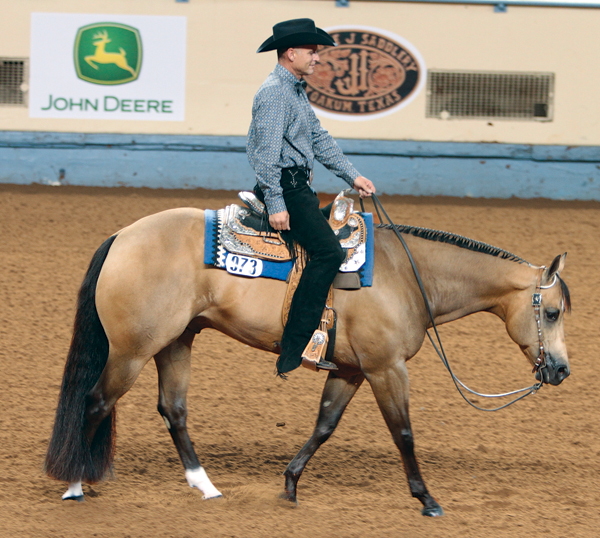
What’s happening: Your horse has learned to associate the word, “jog” with the gait, without your realization. He may even anticipate a gait change when he hears the microphone click on. This is a result of conditioning. Either you’ve taught your horse the word in your training, or he’s picked it up from the showing routine. He may not have a connection with the specific word, but he understands that with the announcer’s voice, there’s a subsequent spur or cue. So, when he hears the announcer’s voice in a show situation, he reacts.
The fix: Teach a different connection in training. Instead of saying the word “jog” aloud, develop a leg or body-language cue to request the gait. The second solution is to allow time to pass between the announcer’s instruction and the cue to change gaits. For example, if you’ve been asked to walk your horse, wait a few seconds, set your horse up, and then ask for the change. This’ll disassociate the word itself and instead require your horse to listen for your signal. (Note: Be conscious of your fellow exhibitors as you do this, positioning your horse in such a way that they can avoid you in the pen without affecting their performance.) Or, mock up a show-type situation at home or a friend’s place to practice this solution. Hold a practice class, designate an announcer, and have other riders follow his cues as if you were in competition.
Always a Step Ahead
The situation: Halfway through the gate obstacle in your trail pattern, your horse rushes through, pulling the rope barrier out of your hand and devastating your score. Or, you turn the corner for a rundown in your reining pattern, only to have your horse set up for a stop before the middle cone. Maneuver anticipation can unravel all your training work in a moment. These exercises are for reining, but you can use variations of them to prepare for ranch riding, horsemanship, Western riding, and other events.
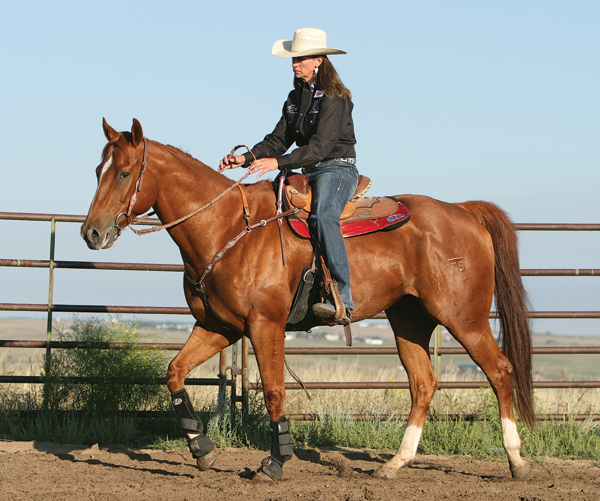
What’s happening: He’s done the maneuvers in practice, and when he gets to the arena, your horse reacts too soon, harming your score and your focus. Nathan Piper, of Aubrey, Texas, explains. “It’s nice in training when your horse reacts quickly and effortlessly to cues. It means he’s learned.” But after a horse has done patterns often enough, he starts to learn arrangements, such as that a rundown leads to a stop. So, when he expects a cue for that maneuver, he may act pre-emptively.
The fix: To stave off anticipation in horses that haven’t developed show-pen anticipation, regularly mix up the routine in practice. Piper says veteran and rookie horses both can benefit from paid warm-ups as well. These schooling classes, typically before or after judged events, allow you to rent solo arena time so you can correct your horse in a real show-like situation. Focus on maintaining his calmness and responsiveness during these competition-like sessions. If your horse feels more pressure from you, he’ll be even more reactive. So, quietly walk into the arena (you’ll be alone, so your horse will think he’s performing), and complete maneuvers out of sequence or with fewer or more of each repetition than prescribed. Piper says, “If I can feel my horse anticipating a left spin first, I might spin to the right or sidepass instead, until he’ll stand quietly.”
[READ: Master Techniques Without Over Training]
Another show-pen tool is to develop cues that’ll calm your horse and use them in stressful situations. “If you always squeeze your legs and lift your reins to ask for a calm, collected head at home, then do the same in performances,” suggests Piper. Over time, you’ll establish the connection between the two and be able to quickly ease anxiety. This is an example of putting anticipation to work for you.
At home, never practice maneuvers in the same place, order, or number of repetitions, Piper advises. If your horse starts to anticipate lead changes try this drill: Lope a circle and begin to set him up for a lead change in your usual place (half or three-fourths of the way through the circle); he’ll become reactive and ready to change leads when he reaches the center—but don’t let him.
Instead, stay in your circle while keeping him set up. Wait until he’s relaxed and collected. Then, ask for the lead change while staying in your original circle. You’ll now be counter-cantering. This drill will keep him honed into your cues, as you’ll be changing leads and maintaining your same circle rather than changing in the middle to start a new circle in another direction. You can do the same with cones in a horsemanship pattern, or poles in gymkhana, requiring your horse to counter-canter until you cue for your lead change.
Fashionably Late
The situation: You kick, you encourage; you have others pull and encourage; still, nothing. You can’t get your horse to go into the arena. You feel frustrated, embarrassed, and don’t know why you can’t get your horse through the gate. Darla Kennepohl, of Kiowa, Colorado, sees this scenario often in speed-event mounts, but it’s not exclusive to these horses. She offers a fix you can try with any type of performance horse.
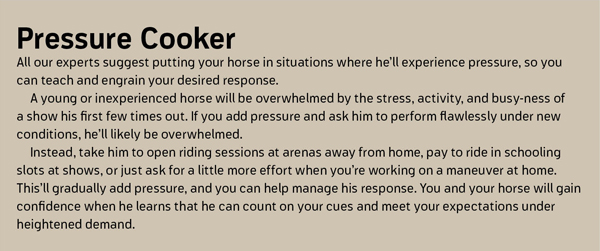
What’s happening: As soon as your horse associates the arena as a place of discomfort, he’s likely to want to avoid it entirely. Kennepohl recommends that you rule out unsoundness first. If your horse is sound, and balking at the arena entry is a regular occurrence, there’s likely another root to the issue.
Check that you’re not overriding or riding too busily every time you near the arena entrance. If you constantly make him uncomfortable at the gate, over time, your horse won’t want to go near it. He may also avoid the performance arena when he knows that doing his job is going to be uncomfortable, especially if you’re putting too much pressure on him. He’ll start to associate his discomfort with the sight of certain obstacles in the arena, or the absence of other horses, and become stressed. His solution is to try to avoid the situation entirely.
The fix: If your riding habits are the culprits, then quieting your own riding should allow your horse’s anxiety to dissipate. Next, remove sources of discomfort. “If your horse is ultra-sensitive or if you’re prone to overusing your legs, find dull spurs, wrap them in adhesive gauze before you ride, or just leave them at home when you’re going to compete,” Kennepohl suggests. At home, practice soft, quiet cues that’ll ease your horse’s nerves and keep him from becoming over-reactive. These solutions will minimize discomfort you cause and help to ease gate and arena anticipation.
If your horse already perceives the arena as a place of anxiety, you’ll need to do remedial work to fix that correlation. To establish a positive connection with performance situations, start with the gate. “Walk calmly in and out of the arena several times in practice and at events,” Kennepohl advises, “petting him and assuring him that he’s safe while you do so. Go to paid rides or exhibitions for calm, easy runs.” Eventually, your horse will learn that he doesn’t have to be stressed in the arena. He’ll learn that it’s a comfortable place where he can do his job and be rewarded for it.

